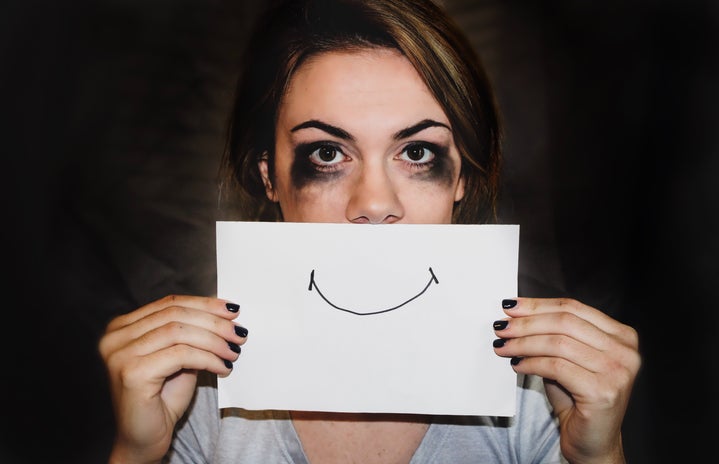I’ve always had a complicated relationship with my emotions. Despite embracing my feelings as a child, being diagnosed with depression and anxiety caused me to struggle throughout my teen years. After being prescribed an antidepressant—a selective serotonin reuptake inhibitor (SSRI) called Celexa (generically known as Citalopram)—my mood began to stabilize, and life returned to normal. As the years progressed and my daily dose increased, a sense of numbness began to take over my mindset. That time in my life is what I jokingly refer to now as “Robot Mode”. I had become detached, and my emotions were replaced with apathy. I even found myself watching darker films and television shows in an attempt to spark any sort of reaction. Being on Celexa for twelve years affected my relationships, my personality, and my life in so many ways and, even though it had originally served its intended purpose, I realized it was time to reevaluate my mental state without them.
Under the guidance of my doctor and my therapist, I started the grueling process of weaning off my antidepressants. After five months of nausea, “brain zaps”, and other debilitating symptoms, I was finally free of the medication’s addictive grasp and proudly tossed my empty pill container into the trash. In the months that followed, I was slammed by a tsunami wave of emotions—like water bursting through a broken dam. Tears would erupt out of nowhere for things as small as songs on the radio, leaving me frustrated and embarrassed. Seven years later, I’m now much more accepting of my emotions and will allow myself to process them instead of smothering them.
It’s an inevitable fact that whenever a new year is on the horizon, social media is flooded with end of the year posts. At the end of 2022, I remember lazily scrolling through my Instagram feed and discovering a post where someone had shared a list of all the times they had cried that year. My initial reaction was one of bewilderment, as I wondered why anybody would ever bother tracking such a habit. As I scrolled through the list, however, I began to focus on the reasons for each crying spell and came to the realization that not all of her tears had been for sad or depressing reasons. Inspired by the list, I decided to take on the challenge of tracking my tears for the entirety of 2023.
While there are countless mood- and tear-tracking apps available on the market, my process was a bit simpler and consisted of me notating each crying spell within a notepad app on my cell phone. As with any experiment, I made sure to start by defining what “crying” meant to me—the tears needed to actively fall; getting teary-eyed didn’t count—so that I could stay consistent with my results. There were some days where I was especially emotional and kept crying on-and-off, so those days were a little more difficult to track, but after 365 days, I finally had my results:
- I cried about 68 times in 2023 with an average of 5.67 cries per month.
- About half of those cries (32 annual or 2.67 monthly) were “happy cries” and the other half (36 annual or 3 monthly) were “sad cries”
- I was more prone to “sad cries” when I was overtired, overstressed, or PMSing.
- I was more prone to “happy cries” when I was consuming various forms of media—movies, television shows, music, commercials, etc.
My Top 5 “Happy Cries” of 2023:
- Cried when Spotify surprised me with an old favorite song that I hadn’t heard in years.
- Cried when I saw the ocean for the first time in fifteen years.
- Cried when I realized I was finally going to be seeing one of my favorite musical artists perform live.
- Cried when I saw Ralphie the Buffalo run for the first time.
- Cried when I realized I only had a little over a year left until graduation.
My findings revealed that the state of my mental and physical health directly correlates to my emotional patterns. Although this may seem like an obvious conclusion, I took this as a sign to start making some small lifestyle changes to improve my wellbeing. While eating healthier and taking daily vitamins has already proven to be a step in the right direction—I only cried twice this month—I recognize that I still need to make a more conscious effort on improving my sleeping and exercise habits as well. Not only did this experiment teach me how to better maintain my emotional state through the observation of mood patterns, but it also gave me the opportunity to get to know myself better. In the end, I came to the realization that my tears don’t make me weak; they make me human.


